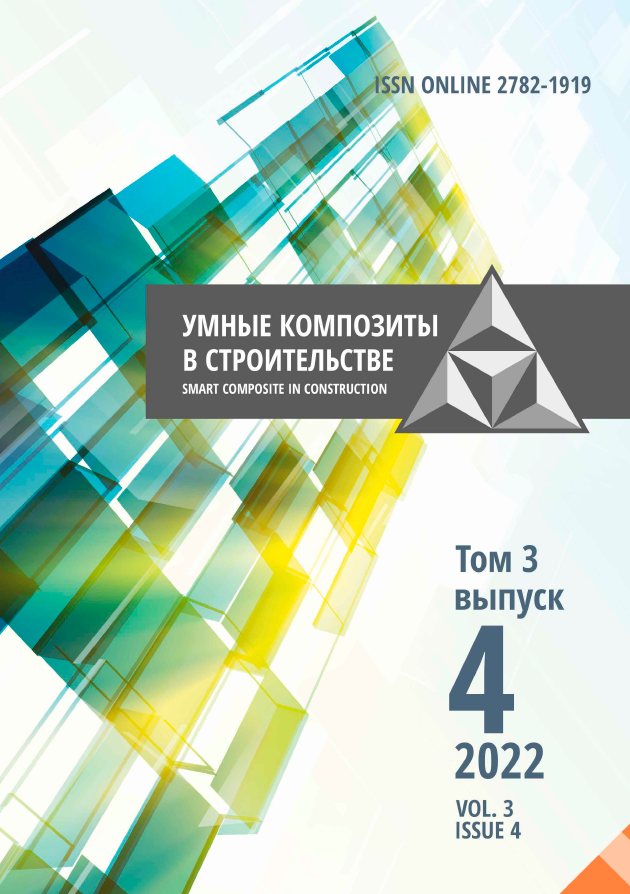Perm, Perm, Russian Federation
Perm, Perm, Russian Federation
With increasing temperature in asphalt concrete surfaces, the viscosity of bitumen decreases, which significantly reduces the shear stability of the material and leads to the appearance of defects (waves, puddles) on the roads. These types of plastic deformations also occur in case of insufficient consideration of asphalt concrete thermal properties. To prevent formation of waves and lapping, asphalt-concrete mixture the road services usually select the additives increasing shear stability of material. This approach is used only at the early stages of design. But in conditions of exploitation of highways, the issue of the specified defects exception is quite difficult. It is mainly solved by the restriction of heavy vehicles movement in day time, when the asphalt concrete had the maximum influence of temperature and solar radiation. We assess the regulatory documentation on traffic restrictions in Perm Krai, and the feasibility of introducing the special restrictions considering both the influence of the temperature and increase in vehicle traffic during the summer period.
traffic restrictions, swig resistance of asphalt concrete, summer restrictions, traffic intensity, safety of highways
1. Korolev, I.V. (1975) Road warm asphalt concrete. Kiev: Vyssha shkola (in Russian).
2. Gezentsvei, L.B., Gorelyshev, N.V., Boguslavskii, A.M. & Korolev, I.V. (1985) Road asphalt concrete. M.: Transport (in Russian).
3. Trofimov, I.N. & Kudiakov, A.I. (2008). Shear resistance of asphalt concrete, Vestnik Tomskogo gosudarstvennogo arkhitekturno-stroitel'nogo universiteta, (4), pp. 131-138 (in Russian).
4. Methodological recommendations for assessing the shear stability of asphalt concrete / Ministry of Transport of the Russian Federation. State Road Management Service (Rosavtodor) (2002). M.: Informavtodor (in Russian).
5. Report on the peculiarities of the climate in the territory of the Russian Federation for 2018. (2019). M. (in Russia).
6. Semikashev, V.V. (2006) The rise in gasoline prices in Russia and possible measures to contain it, Nauchnye trudy: Institut narodnokhoziaistvennogo prognozirovaniia RAN, (4), pp. 415-429 (in Russian).
7. Iakunin, I.N. (2020) The influence of high temperatures and solar radiation on the accident rate in road transport in the summer. Vestnik Sibirskogo gosudarstvennogo avtomobil'no-dorozhnogo universiteta, 17(6), pp. 704-713. DOIhttps://doi.org/10.26518/2071-7296-2020-17-6-704-713(in Russian).
8. Chmykh, N.V., Abdullin, V.A. & Morozov, I.A. (2020) Experience of using an automatic weight and size control system in the Perm Region, Transport. Transportnye sooruzheniia. Ekologiia, (3), pp. 44- 51. DOIhttps://doi.org/10.15593/24111678/2020.03.06(in Russian).
9. Babkov, A.F. & Andreev, O.V. (1987) Designing highways. Part 1: Textbook for universities. M.: Transport (in Russian).







